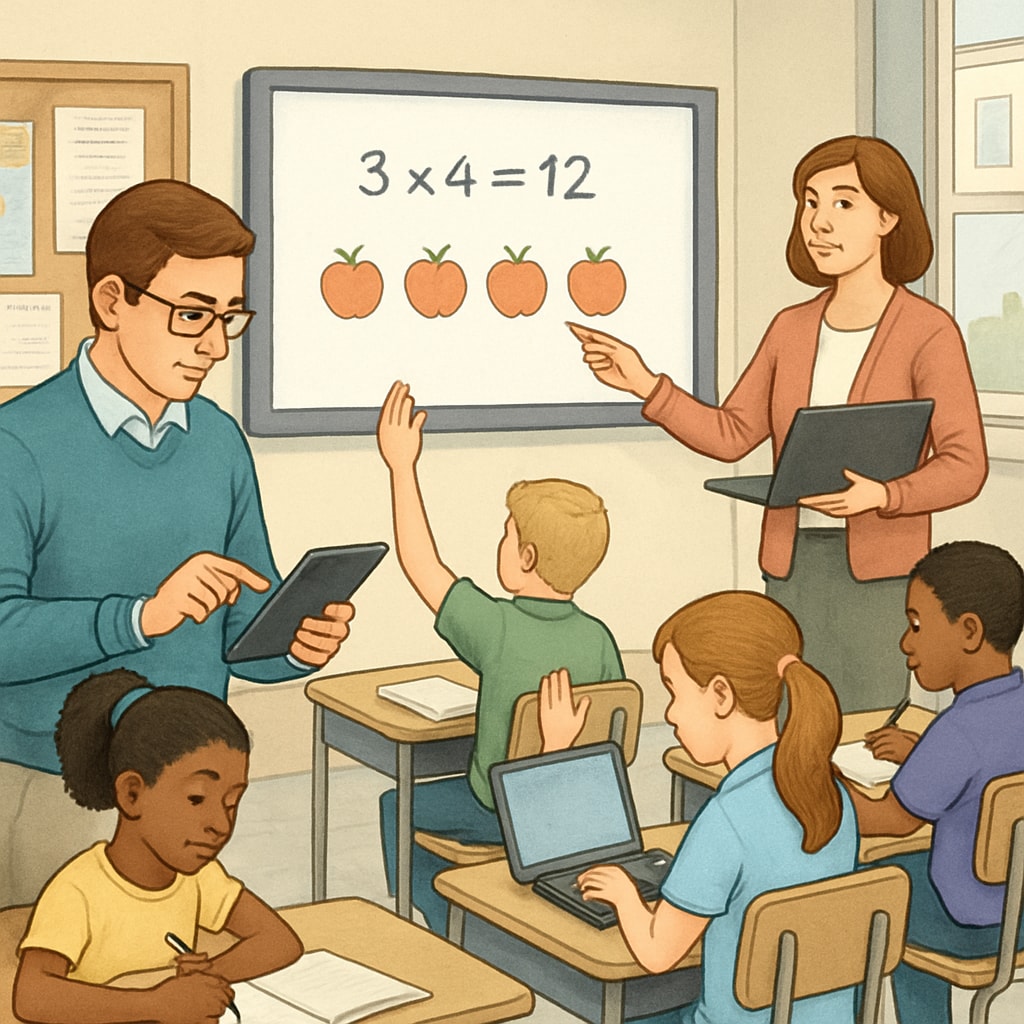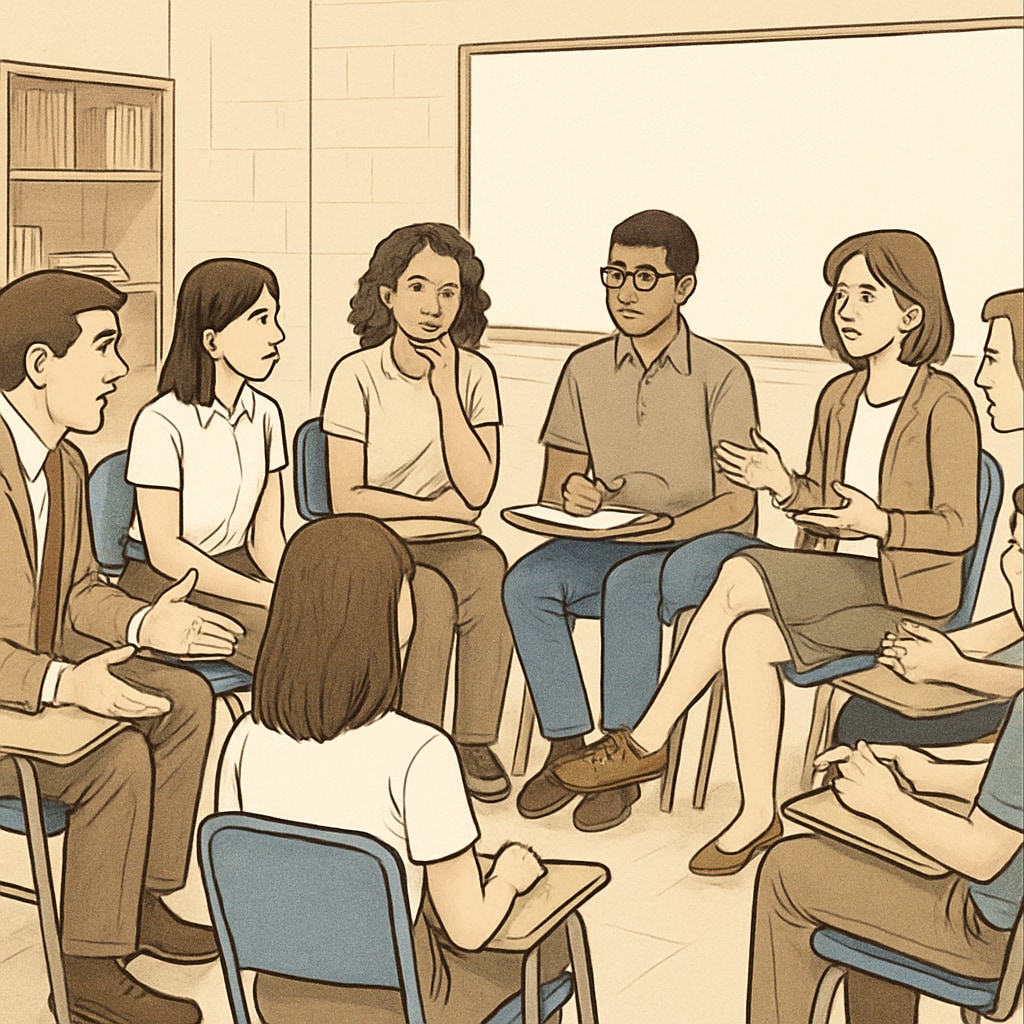The K12 education sector faces numerous daily challenges, ranging from classroom management to adapting to diverse learning styles. Educators and students alike express the urgent need for effective tools to address these “education pain points, tool demand, and student-teacher feedback.” However, existing tools often fall short in meeting these demands, leaving gaps that require immediate attention. By identifying and understanding these issues, we can collectively develop innovative solutions that truly empower both teachers and learners.
Understanding the Core Challenges in Education
Education is a dynamic and ever-evolving field, yet certain challenges remain pervasive. Teachers often grapple with:
- Managing time effectively across administrative tasks and instructional needs.
- Adapting to diverse student needs, including varying learning speeds and styles.
- Navigating technology integration in classrooms with limited training.
Students, on the other hand, face hurdles such as staying engaged in traditional learning environments, accessing quality resources, and coping with academic pressure. These challenges highlight the pressing need for tools that are not only user-friendly but also adaptable to real-world scenarios.

Why Existing Tools Fall Short
Despite the proliferation of educational technology (EdTech) solutions, many fail to address real user needs adequately. Common issues include:
- Complex Interfaces: Tools with steep learning curves discourage adoption by educators with limited technical expertise.
- Lack of Customization: Generic tools often fail to cater to specific classroom dynamics or subject requirements.
- Limited Feedback Integration: Many solutions are developed without incorporating direct feedback from educators and students, leading to mismatched expectations.
For example, while Learning Management Systems (LMS) like Google Classroom have streamlined certain aspects of online learning, they may lack features to address individualized learning paths effectively. This calls for a more collaborative approach, where developers and educators work together to create tools that are both functional and impactful.
The Role of Feedback in Shaping Better Tools
Student and teacher feedback is an invaluable resource for understanding what works and what doesn’t. For instance, teachers often emphasize the need for tools that:
- Automate repetitive tasks, such as grading or lesson planning, to free up time for instructional activities.
- Support real-time data analytics to track student progress and adjust teaching strategies accordingly.
- Promote student engagement through interactive and gamified learning experiences.
Similarly, students have voiced preferences for tools that are intuitive, visually appealing, and provide immediate feedback. Incorporating these insights can lead to the development of solutions that truly address the “education pain points, tool demand, and student-teacher feedback.”

Collaborative Innovation: The Way Forward
To bridge the gap between tool developers and end-users, a collaborative innovation model is essential. This approach involves:
- Conducting Comprehensive Surveys: Gathering data from diverse education stakeholders to identify common pain points.
- Co-Designing Solutions: Engaging teachers and students in the design and testing phases to ensure tools meet actual needs.
- Providing Ongoing Support: Offering training and resources to help educators integrate new tools seamlessly into their workflows.
By fostering open communication and collaboration, we can create tools that not only simplify teaching but also enrich the learning experience. Initiatives like EdTech innovation and research-backed solutions are already paving the way for such advancements.
In conclusion, the challenges in the K12 education sector are significant but not insurmountable. By prioritizing user-centered design and leveraging “education pain points, tool demand, and student-teacher feedback,” we can unlock the full potential of education technology. Together, we can create a future where every educator is empowered, and every student thrives.
Readability guidance: This article uses short paragraphs, clear headings, and lists to enhance readability. Transitions like “however,” “in addition,” and “for example” ensure a smooth flow of ideas. The content is tailored to engage both education professionals and EdTech developers.


